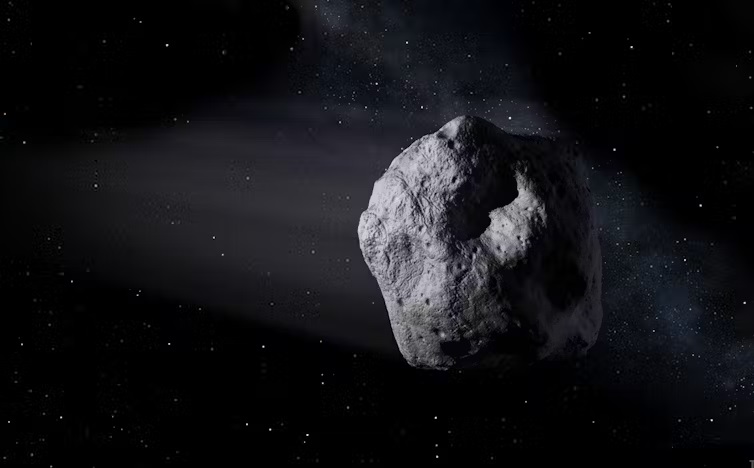
- Astronomers are improving their ability to detect asteroids that could potentially collide with Earth.
- We have already detected nine asteroids before impact. with Earth's atmosphere. The most recent space rock detected before impact burned up in the atmosphere over the Philippines on September 5, 2024.
- By identifying dangerous asteroids beforeWe have a better chance of mitigating potential impacts and reducing the risk of catastrophe.
By Daniel Brown, Nottingham Trent University
Astronomers are improving their ability to detect asteroids
On September 4, 2024, astronomers discovered an asteroid 3 feet (1 m) in diameter, heading to landThe space rock burned up harmlessly in the atmosphere near the Philippines later that day. Officials announcedHowever, it produced a spectacular fireball that people shared in videos posted on social media.
The object, known as RW1, was only the ninth asteroid detected before impact. But what about much larger and more dangerous asteroids? Would our warning systems be able to detect all the asteroids that could threaten us from the surface?
Asteroid impacts have influenced every large body in the solar system. They change their appearance, alter their chemical abundance, and, at least in the case of our own planet, helped initiate the formation of life. But these same events can also disrupt ecosystems, wiping out life, as happened 66 million years ago when a 10-kilometer space rock helped spark the formation of life. extinction of the dinosaurs (excluding birds).
What are asteroids?
Asteroids are leftover material from the formation of our solar system that did not make it into planets and moons. Asteroids come in all shapes and sizes. Their trajectories are determined by gravity and can be predicted to some extent. Of particular interest are objects close to Earth's orbit, called near-Earth objects (NEOs). As of September 2024, we know of approximately 36,000 of these objects, ranging in size from several meters to a few kilometers.
But statistical models predict that there should be nearly a billion such objects. And we only know of a few. very few of them.
Asteroid monitoring
We have been monitoring these asteroids since the 1980s and establishing more detailed studies of them since the 1990s. The studies use telescopes to make observations of the entire sky every night. They then compare images of the same region on different dates.
Astronomers are interested in whether, in the same area of the sky, anything has moved relative to the stars from one night to the next. Anything that has moved could be an asteroid. Observing its positions over a longer period allows team members to determine its exact trajectory. This, in turn, allows them to predict where it will be in the future, although collecting and analysing data is a time-consuming process that requires patience.
The challenge is even greater because there are many more small objects than large ones. Some of these smaller objects are, however, large enough to cause damage on Earth, so we still need to monitor them. They are also faint and therefore harder to see with telescopes.
It can be difficult to predict the trajectories of smaller objects in the future, since they have gravitational interactions with every other object in the solar system. Even a small gravitational pull on a smaller object can, over time, alter its future orbit in unpredictable ways.
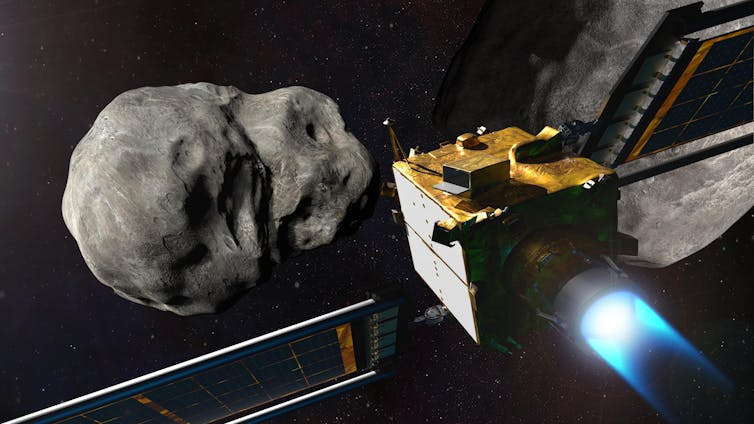
More help finding the next killer asteroid
Funding is crucial in this effort to detect dangerous asteroids and predict their trajectories. In 2023, NASA has allocated $90 million (£68 million) for the search for near-Earth objects (NEOs). There are several missions in development to detect dangerous objects from space. Examples include the mission Sutter Ultra Project and NASA's NEOsurveyor Infrared telescope mission.
There are even space missions to explore realistic scenarios for altering the trajectories of asteroids like the DART MissionDART crashed into an asteroid's moon so that scientists could measure changes in its trajectory. DART demonstrated that it was possible in principle to alter the course of an asteroid by crashing a spacecraft into it. But we are still far from a concrete solution that could be used if a large asteroid really threatened Earth.
Detection programs generate a huge amount of image data every day, making it difficult for astronomers to process it quickly. However, AI could helpAdvanced algorithms could automate the process to a greater degree. Citizen science projects You can also open the task of classifying data to the public.
Our current efforts are paying off, as evidenced by the detection of the relatively small asteroid RW1. Astronomers only spotted it briefly before it collided with Earth, but it gives us hope that we are on the right track.
Bigger asteroids mean more destruction
Asteroids less than 80 feet (25 meters) in diameter They are usually burned Before they can cause any damage, objects between 25 and 1,000 meters in diameter are large enough to pass through our atmosphere and cause localized damage. The extent of this damage depends on the properties of the object and the area it impacts, but an asteroid 140 meters in size could cause widespread destruction if it hit a city.
Fortunately, collisions with asteroids of this size are less frequent than with smaller objects. An object 140 metres in diameter should hit Earth. Every 2,000 years.
From 2023 onwards, statistical models suggest We know about 38% of all existing near-Earth objects with a size of 460 feet (140 meters) or larger. With the new 8.5-meter Vera Rubin telescope, we hope to increase this fraction to Approximately 60% by 2025NASA's NEOsurveyor infrared telescope could identify 76% of asteroids 460 feet (140 meters) in size or larger by 2027.
Asteroids larger than a kilometer in size have the capacity to cause damage on a global scale, similar to the one that helped wipe out the dinosaurs. These asteroids are much rarer, but easier to detect. Since 2011, we believe we have detected 93% of these objects.
After detection, what's next?
Less comforting is the fact that we currently have no realistic proposals for diverting its trajectory, although missions such as DART are a start. In time, we might end up compiling a nearly complete list of all possible asteroids that could cause global impacts on Earth.
It is much less likely that we will be able to detect all the objects that could cause localized damage on Earth, such as the destruction of a city. We can only continue to monitor what is out there, creating an alert system that allows us to prepare and react.![]()
Daniel BrownProfessor of Astronomy, Nottingham Trent University
This article is republished from The conversation under a Creative Commons license. Read the Original article.
Bottom line: Astronomers are getting better at spotting asteroids, like the one that hit Earth near the Philippines on Sept. 5, 2024. New observatories will help spot more asteroids, but what happens after we spot them?







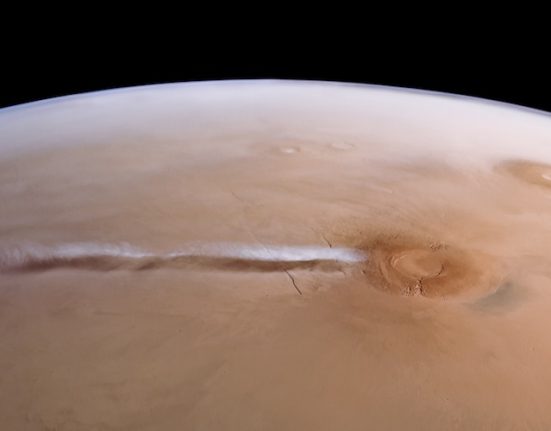
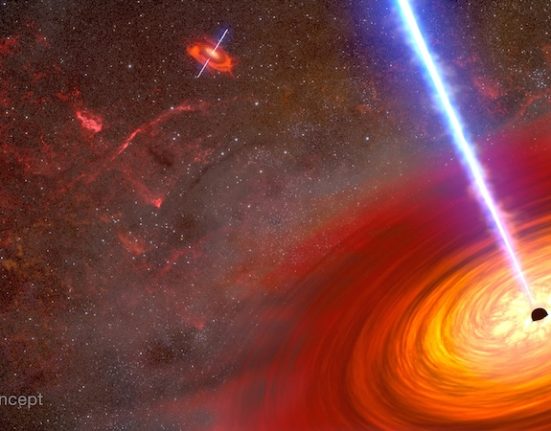
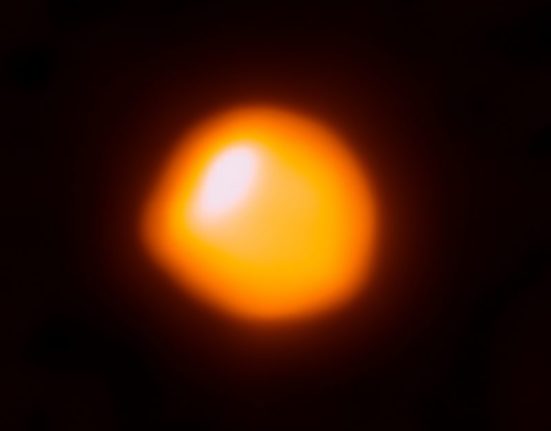



Leave feedback about this